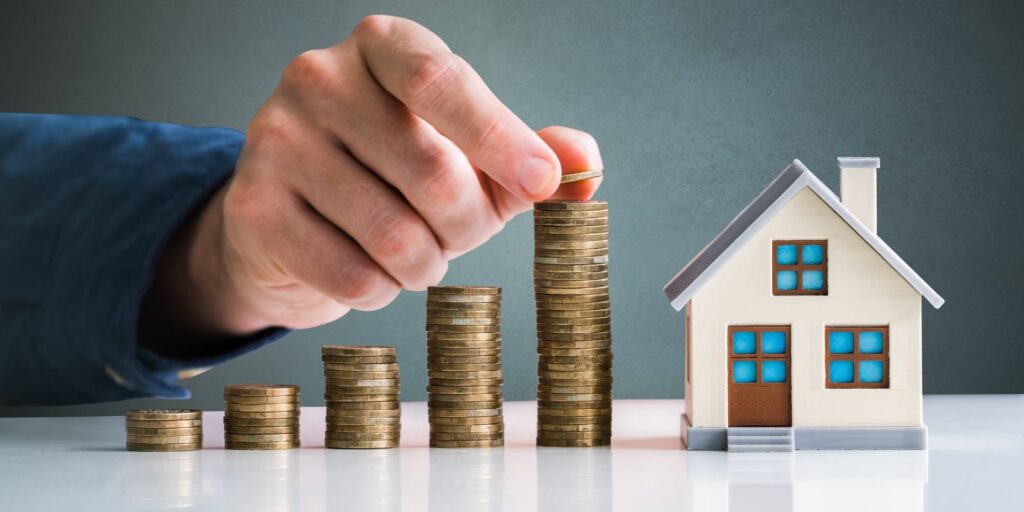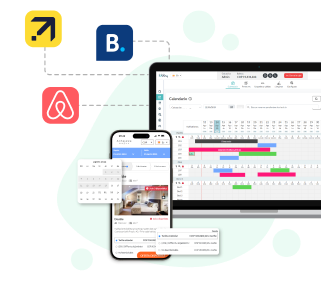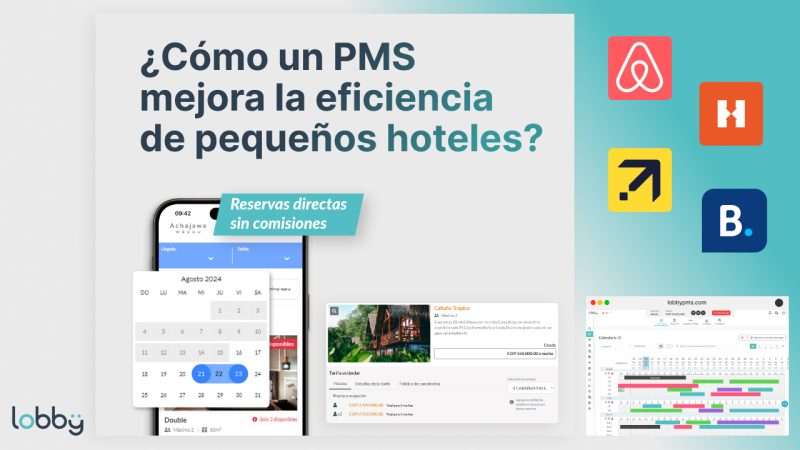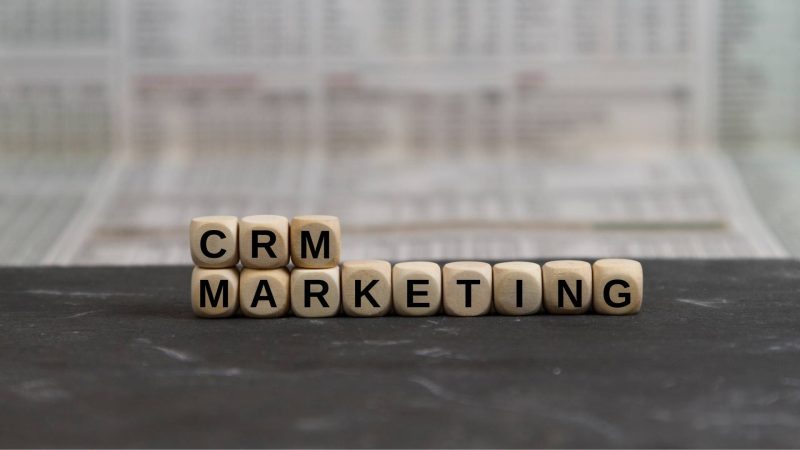One of the most important management principles in any business is measurement. If something is not measured, it is impossible to determine whether it is working correctly and, therefore, cannot be improved. Hospitality businesses are no exception to this rule. That’s why hotel metrics are essential for achieving success. Here, we’ll discuss the key metrics you need to analyze to optimize your hotel’s revenue.
Why is measurement important in the hospitality industry?

As mentioned earlier, a business that does not measure key aspects of its operations lacks reliable information to determine whether it is on the right track. Hotels operate in multiple dimensions that influence their success, including operations, finance, and reputation.
In this context, hotel metrics are a vital tool for closely monitoring business performance. These data points help create a comprehensive overview of the hotel. Today, this information is derived from various technological tools used to operate a property, such as a Property Management System (PMS) or a Point of Sale (POS) system.
Some of these metrics focus on management, while others track costs. In any case, hotel KPIs represent a set of data that must be understood and analyzed correctly and in a timely manner to develop and execute an effective pricing strategy. In this way, hotel metrics serve as a means to optimize revenue.
Key Hotel Performance Metrics

An essential category of hotel metrics relates to business operations. These provide insights into the hotel’s current status and operational trends over a given period.
Occupancy Rate (OR)
The Occupancy Rate (OR) is a crucial metric that can be applied to any timeframe, from a single day to an entire year. By reviewing this rate regularly, hotel managers can identify occupancy trends. For example, it can reveal high-traffic periods like the holiday season or indicate whether a marketing campaign is effectively increasing bookings.
Average Length of Stay (LOS)
The Average Length of Stay (LOS) measures the average number of nights guests stay at the hotel. This metric is useful for adjusting pricing strategies to maximize revenue. During periods of shorter stays, increasing nightly rates may be beneficial. Conversely, offering discounts for longer stays can encourage guests to book more nights.
On the Books (OTB) Reservations
Another crucial metric is On the Books (OTB) Reservations, which reflects the number of future bookings currently in the system. This metric provides an overview of upcoming occupancy levels. Although it is subject to natural fluctuations such as cancellations, it helps estimate potential revenue and hotel occupancy for a given period.
Useful tools for tracking OTB reservations include a booking engine and a channel manager.
Key Financial Metrics for Hotels

On the financial side, understanding a hotel’s revenue performance is critical. After all, without financial insight, assessing overall business success is impossible. These metrics complement operational performance indicators.
Average Daily Rate (ADR)
The Average Daily Rate (ADR) is one of the most well-known indicators of a hotel’s financial performance. It represents the average price paid per room per day. This metric is essential for evaluating revenue performance and comparing a hotel’s rates against competitors.
However, ADR alone does not provide a complete picture, as it does not account for unoccupied rooms. Instead, it is most useful when comparing performance across different periods to identify pricing trends.
Revenue Per Available Room (RevPAR)
Revenue Per Available Room (RevPAR) is a more comprehensive metric than ADR because it factors in unoccupied rooms.
It helps predict how effective the current pricing strategy is in filling available rooms.
However, RevPAR has some limitations:
- It does not consider the total number of rooms in a property. A larger hotel with fewer occupied rooms might still generate more revenue than a smaller hotel with a higher RevPAR.
- It does not include additional revenue streams. RevPAR does not account for revenue from food, services, parking, or other ancillary income sources.
Due to these limitations, RevPAR hotel metric alone is not sufficient to measure overall profitability.
Hotel Metrics and Forecasting

Today’s hotel technology tools provide access to extensive data that can be leveraged for forecasting. Forecasting aims to predict business performance over a specific period, enabling better planning and strategic decision-making to increase profitability.
Additionally, forecasting helps estimate expenses and operational needs more accurately.
Ultimately, hotel metrics are essential for running a business efficiently, effectively, and profitably. By consistently analyzing these KPIs, hotels can optimize their revenue and improve overall performance.






